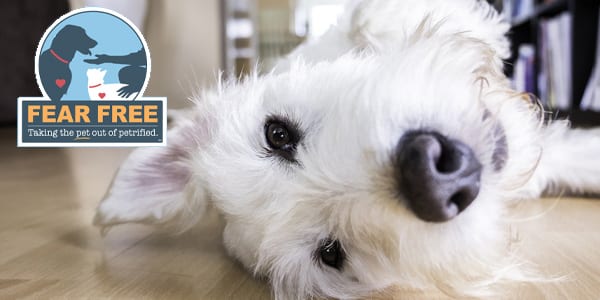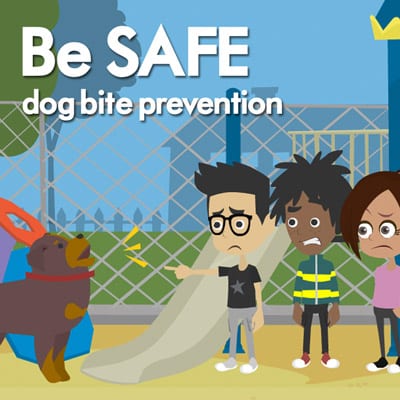Have you ever had a pet or a child that didn’t like to go do the doctor? We’ve all been there, right? In thinking back over the years, I’m not sure who made the bigger fuss about going to the doctor, my children or my pets. No, I take that back, it was my pets.
We had a lovely pediatrician. Dr. Hayworth was a kind, loving man who was always gentle and grew to have wonderful rapport with my children. Great conversations were had over the years on those doctor visits and my children always looked forward to seeing “their” pediatrician.
Now don’t get me wrong, the veterinarians I’ve gone to over the years were kind and gentle too, but my pets didn’t always understand what was going on, as my children did. Looking at my dog and saying, “Don’t worry, it will be alright,” didn’t quite get through like it did when I said that to my children. And I’m sure you’ve all gotten “that look” from your dog as a vet tech took their temperature or gave them a shot.
But in my case it was amplified by the size of my dog. Holly was a 150 pound Newfoundland. A gentle giant most of the time, but the trips to the vet could unnerve her. When a dog who is larger than her pet parent decides that she really doesn’t want to step on the scale or sit quietly while she’s being examined, it makes for a wrangling session that can be exhausting to say the least. And let’s face it, when “Cujo” walks through the door, it can make for a really long day.
Fear Free Examined
 So having come from a background of being a “dog wrangler” at times, I was very interested when I found Fear Free, the creation of Dr. Marty Becker, “America’s Veterinarian.” After running a successful veterinary practice, writing 25 books that have sold over 8 million copies, writing a weekly national syndicated newspaper feature, Pet Connection, and being an adjunct professor at his alma mater, Washington State University College of Veterinary Medicine, Dr. Becker was the perfect person to help the rest of us figure out how to make trips to the vet, and life in general, less stressful and scary for our pets.
So having come from a background of being a “dog wrangler” at times, I was very interested when I found Fear Free, the creation of Dr. Marty Becker, “America’s Veterinarian.” After running a successful veterinary practice, writing 25 books that have sold over 8 million copies, writing a weekly national syndicated newspaper feature, Pet Connection, and being an adjunct professor at his alma mater, Washington State University College of Veterinary Medicine, Dr. Becker was the perfect person to help the rest of us figure out how to make trips to the vet, and life in general, less stressful and scary for our pets.
Fear Free’s mission is to prevent and alleviate fear, anxiety, and stress in pets by inspiring and educating the people who care for them. Fear Free is working to create a world where every experience a pet has from the first stages of life at a breeder or shelter to a pet’s forever home, is free of fear and stress. That includes veterinary visits, trips to the groomer, interactions with pet sitter and trainers.
Certifying Veterinarians and Pet Professionals
Veterinarians and pet care professionals can take Fear Free’s professional certification training to learn how to handle and care for pets in a less stressful manner. The training covers everything from how pet care businesses are set up and operated, to the physical handling of pets by employees and vets.
Many professionals in the pet industry, who come into contact with animals on a daily basis, don’t have a lot of animal behavior training to recognize when a pet is showing stress and anxiety. Fear Free’s training helps pet care professionals to identify when an animal is not happy and how to use a combination of techniques and tactics, from using pheromone sprays to rewarding with treats to examining a pet on their level, to ease the stress of the experience. A combination of more gentle handling, patience, protocols and products work to not only reduce the stress of a vet visit or grooming session, but lay the foundation for building a stronger, more positive relationship between care giver and pet.
In an article that Tabitha Kucera, a registered veterinary technician of seven years, wrote for FearFreePets.com, she talked about how she started to realize how many animals are euthanized because behavioral issues are misdiagnosed and body language is misread. “Fear Free has given me the knowledge needed to note signs of fear, anxiety, and stress. This allows me to better understand my patients, which in turn allows for a more comfortable and calm patient.”
A Fear Free World For Your Dog
Eliminating stress in your dog’s veterinary visits is just the beginning. Simple techniques that can work to make visits to the vet more pleasurable can also be used at home, in the car, and with other pet professionals to make your dog’s entire life less stressful. This leads to an enhanced quality of life, better health, and a stronger bond with your pet.
Fear Free aims to “take the ‘pet’ out of ‘petrified’” and that’s a worthy goal that we can all get behind. At Good Dog in a Box, we’ll be supporting the Fear Free effort since it speaks to many of the aspects of dog training and dog safety that we hold near and dear. Look for a Fear Free certified veterinarian and Fear Free certified pet professional in your area.
Have your own experience with a Fear Free certified professional? Share it with us.










I’m so glad I ran across this site — fear and anxiety is something that is generally known, or even expected, when pets visit their vet’s office, but there is very little done to actually alleviate it. If we can focus on ways to make it better, then it would be less stressful for everyone in the long run. My dog is extremely fearful when I take him to the vet, and it makes me anxious too, knowing all of the things that can go wrong while we are there. Having a “partner” in the process would go a long way in making him (and me) feel so much better!